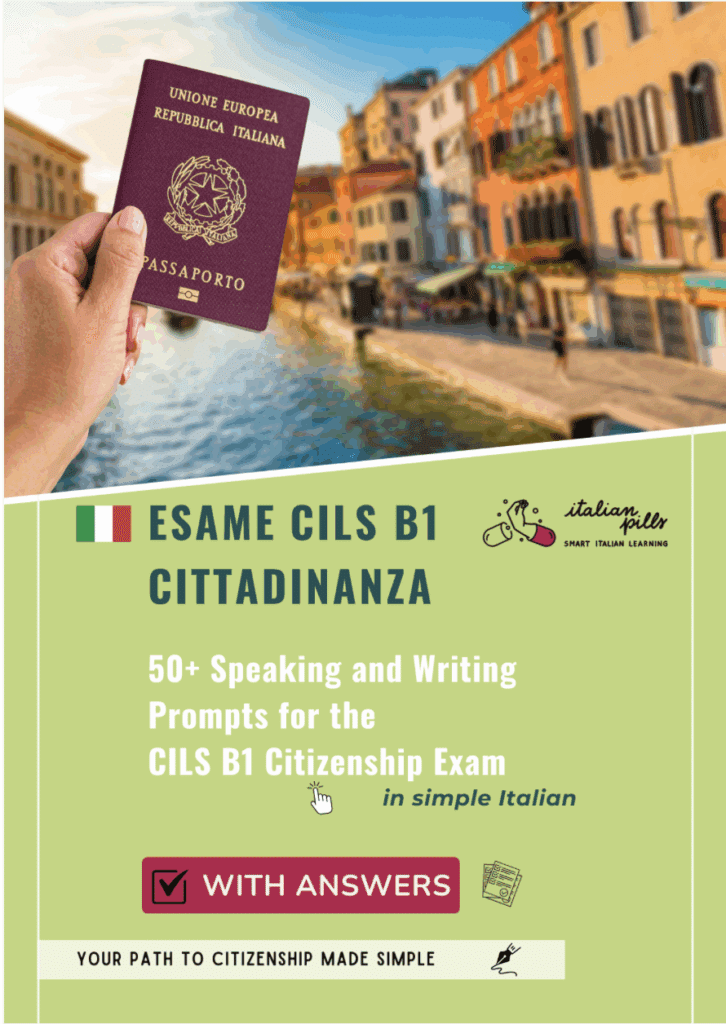Whether you need to write an email to your Italian neighbor or prepare for your Italian Language Certification exam, this guide will help you do just that.
Writing an email in Italian is not so difficult. All you need is following this structure:
- Standard greetings (formal or informal)
- Introduction
- Body
- Closings
Of course, the types of greetings and introductions you use depend on whom you are writing to. Therefore, a distinction must be made between writing a formal letter and an informal one.
Formal Email Structure
1. Greetings
Formal Greetings
If the situation requires you to be formal, you can start your email like this:
- Gentile Sig. + name – Dear Sir + name
- Gentile Sig.ra + name – Dear Madam + name
If the situation requires you to be super formal, you should opt for this type greeting, for example:
- Egregio Sig. Rossi – Sir
- Egregia Sig.ra Rossi – Madam
In formal letters or emails the abbreviations “Sig.” stands for Sir, and “Sig.ra” stands for Madam.
If the setting is not so formal or you don’t know, you could start your email with a Buongiorno or Buonasera.
The Titles
Italians love to use their titles, so it is important to mention them even in a letter. If the addressee has a title, you can use the following abbreviations. The abbreviation should go directly before the person’s name. For example: Dott.ssa Mattea Capelli or Ing. Marco Ruggero.
- Dott. or Dott.ssa (dottore – dottoressa = a doctor or anyone with a degree)
- Avv. (avvocato – lawyer)
- Ing. (ingegnere – engineer)
- Arch. (architetto – architect)
2. Introduction
To say the reason why you’re emailing someone, use these formal introduction formulas:
| Le scrivo, in riferimento al nostro incontro… | I am writing with regard to our meeting |
| Le scrivo, in riferimento al colloquio telefonico… | I am writing with regard to our phone call |
| Come anticipato nella mail precedente… | As stated in the previous email |
| Come discusso telefonicamente… | As discussed in the previous call |
| In risposta alla Sua mail… | In response to your email |
3. Body
In the main body of the mail you should write the reasons for writing, such as…
| Con la presente comunico… | I am writing with regard to… |
| Con presente, scrivo per presentare la mia candidatura per la posizione presso + name of the company | I am writing to apply to the… |
| Le scrivo perché vorrei qualche informazione su… | I am writing because I would like to know… |
4. Formal Closings and Salutations
Most common formal Italian letter closings: These letter endings are the Italian equivalent of “I am looking forward to hearing from you” in English. While the meaning may be slightly different, they serve the same purpose and are used in Italian in the same way.
| Ringraziando per l’attenzione, porgo cordiali saluti | Thanks for your attention, I send you my best regards |
| In attesa di un Suo riscontro, porgo i miei più cordiali saluti | Waiting for your reply, I send you my best regards |
| In attesa di un Suo gentile riscontro, porgo cordiali saluti | Waiting for your kind reply, I send you my best regards |
| RingraziandoLa anticipatamente, porgo i miei più cordiali saluti | Thanking you in advance, I send you my best regards |
| In attesa di un riscontro positivo, porgo cordiali saluti | Waiting for a positive reply, I send you my best regards |
Formal salutations
For the final greeting, you should use the following Italian (formal) salutations or “saluti formali”, which are the equivalent of “sincerely” or “warm/kind regards” in English.
| Distinti Saluti | Sincerely / Kind regards |
| Cordiali Saluti | Sincerely / Kind regards |
| Cordialmente | Sincerely / Kind regards |
| Aspetto Sue notizie | I look forward to hearing from you (formal) |
If you have an attachment to include, make sure to mention it in the email or letter by using one of these formulas:
| In allegato invio + name of the file | Please find in attachment + name of the file |
| Allego + name of the file | I am attaching + name of the file |
Examples of formal emails (or letters) in Italian
Gentile Sig.na Rossi,
Con la presente, invio la mia candidatura per il posto di lavoro come Responsabile di Amministrazione presso i Vostri uffici.
Allego il mio CV e lettera di motivazione.
In attesa di un Suo riscontro, porgo i miei più cordiali saluti.
Serena
Egregio Sig. Rossi,
Le scrivo in riferimento al nostro colloquio telefonico di ieri, per comunicarle che abbiamo preso in considerazione la Sua proposta di progetto. La invitiamo a mandarci al più presto un report completo del progetto.
In attesa di un cordiale riscontro, le porgo i miei cordiali saluti.
Serena

Test Your Italian
Not sure what your Italian level is? I’ve created a free online Italian test to help you determine it.How to write an informal email or letter in Italian
1. Informal greetings and introduction
If you are writing your email or letter to an Italian friend or colleague, then the tone should be different, and you can switch to more informal greetings and ending salutations. Let’s see how:
When it comes to starting a friendly email, you can opt for
- Ciao Marco, come stai?
- Ciao Marco, spero che tu stia bene.
- Ciao Marco, tutto bene?
- Ciao Marco, come va la vita?
2. Body
There aren’t any special formulas for writing a friendly letter, but you could start it like this:
| Volevo solo scriverti per… | I just wanted to write to thank you again for… |
| Scusami se ti rispondo con molto ritardo | Sorry if I reply very late |
| Hai novità per quanto riguarda… | Do you have any news regarding… |
| Riguardo a… | Regarding to… |
3. Informal closings
Regarding the ending of a friendly letter or email, you should choose one of the following Italian salutations (Saluti informali).
| Fammi sapere | Let me know |
| Un abbraccio | Hugs |
| Un caro saluto | Cheers |
| A presto | Until the next time |
Example of a informal email in Italian
Ciao Marcello
Come stai? Scusami se ti rispondo con molto ritardo ma sono stato molto impegnato ultimamente. Come va la vita? Ci sono novità a lavoro? Per quanto riguarda quel progetto, ne ho parlato con il mio capo. In allegato ti mando mando i dettagli dell’incontro.
Fammi sapere cosa ne pensi
Un abbraccio
Marco
Cils B1 for Citizenship Exam
Preparing for the CILS B1 Cittadinanza exam? Perfect your speaking and writing skills with my e-book: 50+ Speaking and Writing Prompts (with Answers) for the CILS B1 Citizenship Exam.








